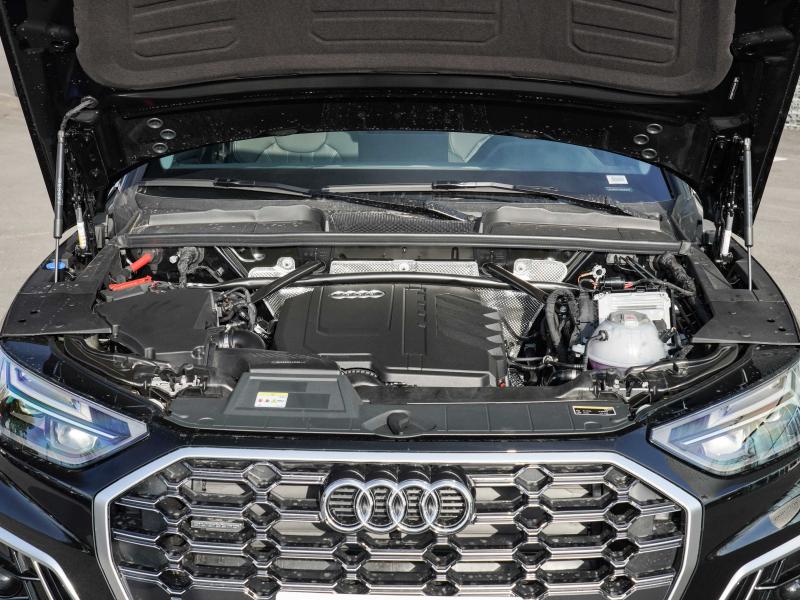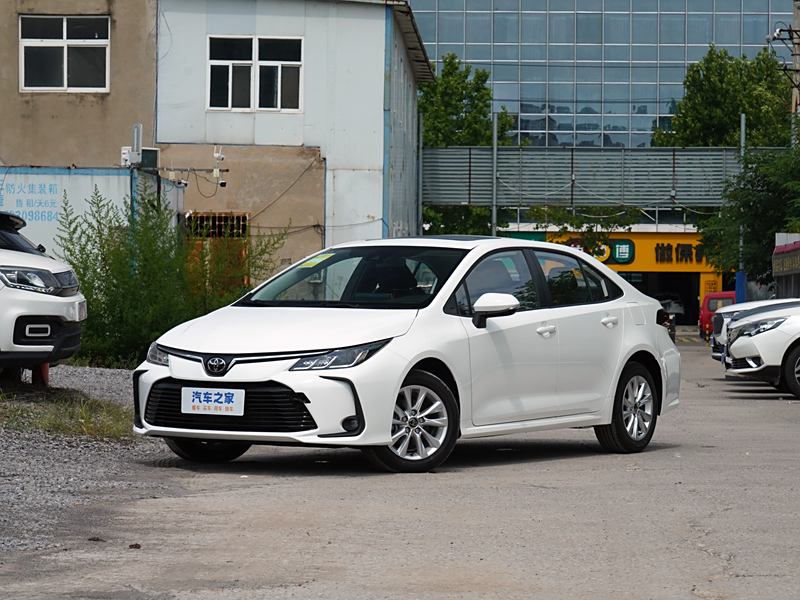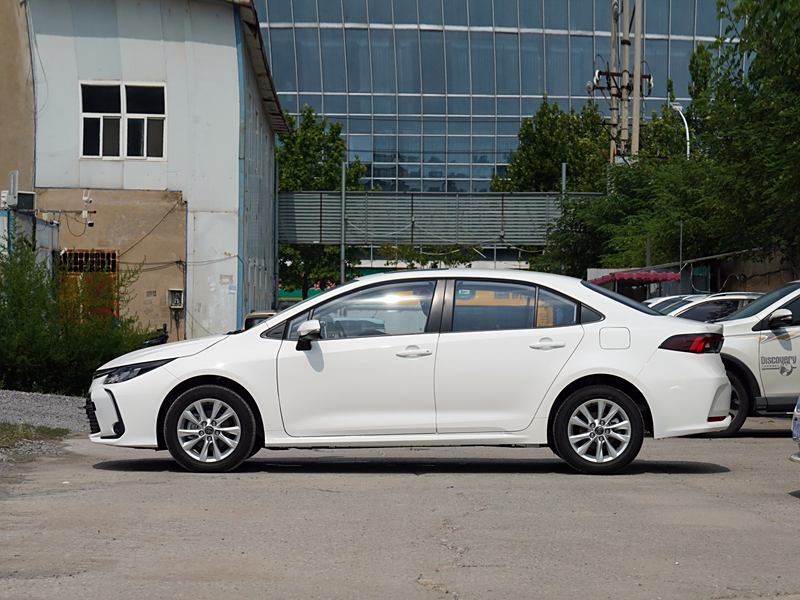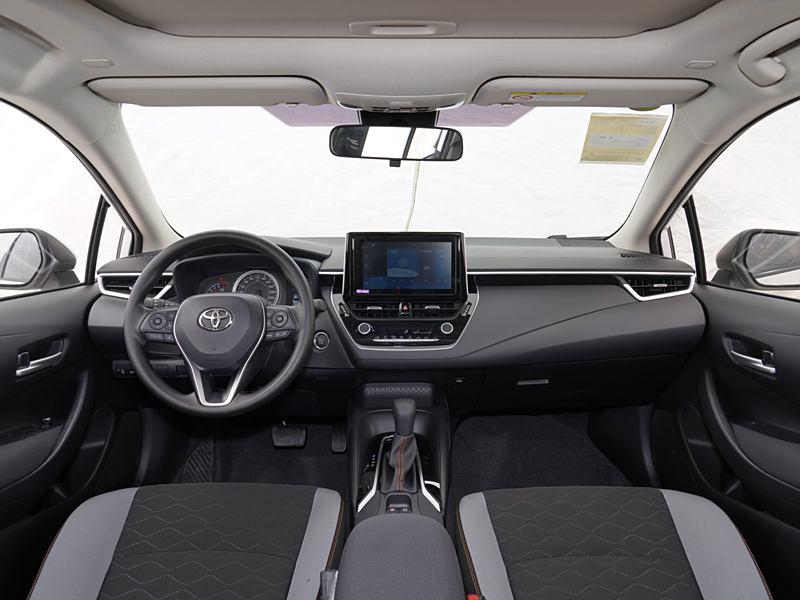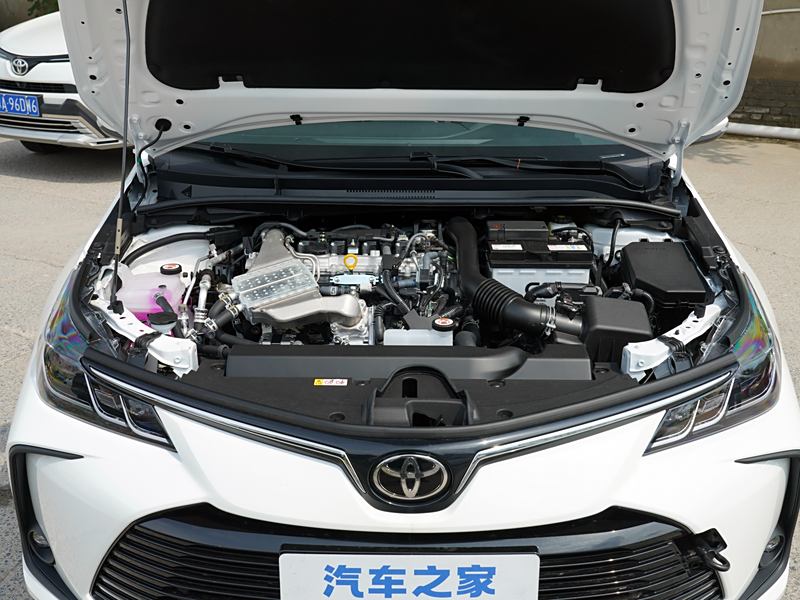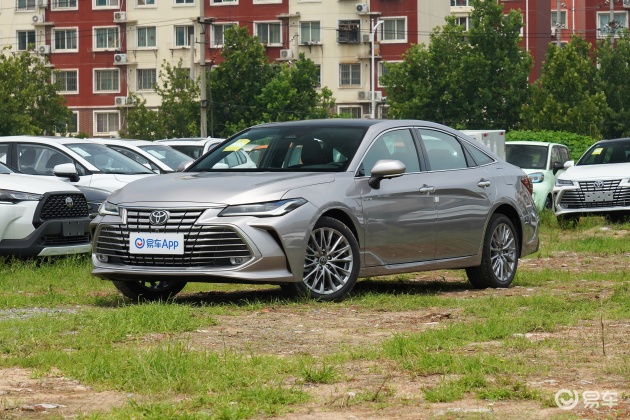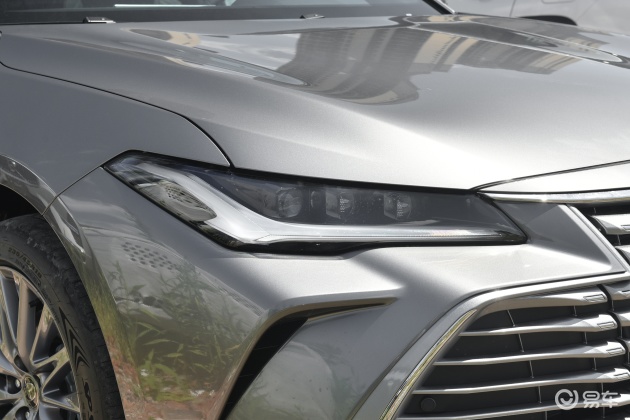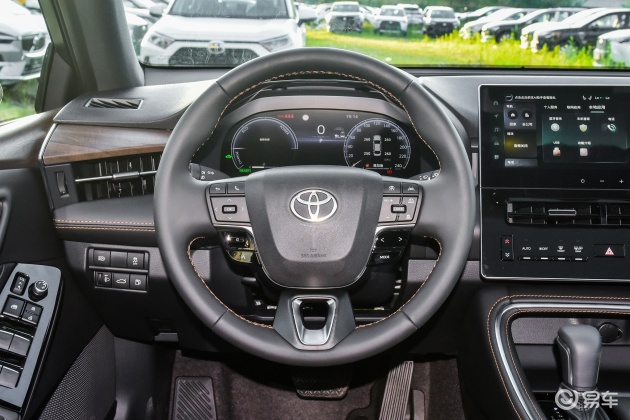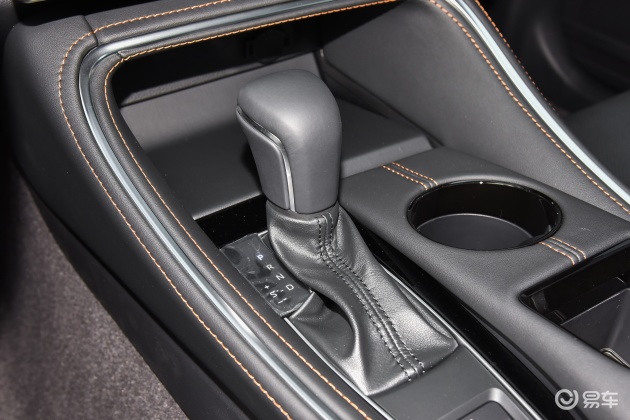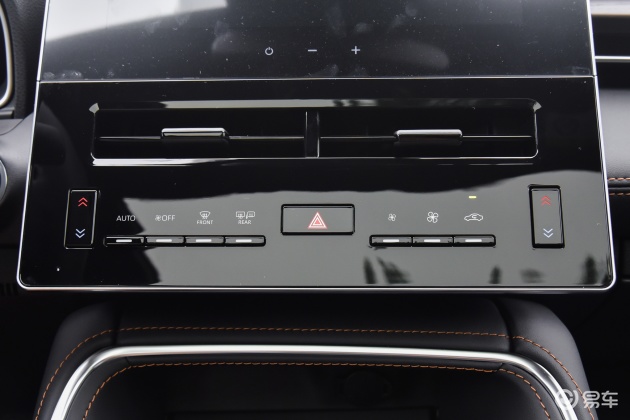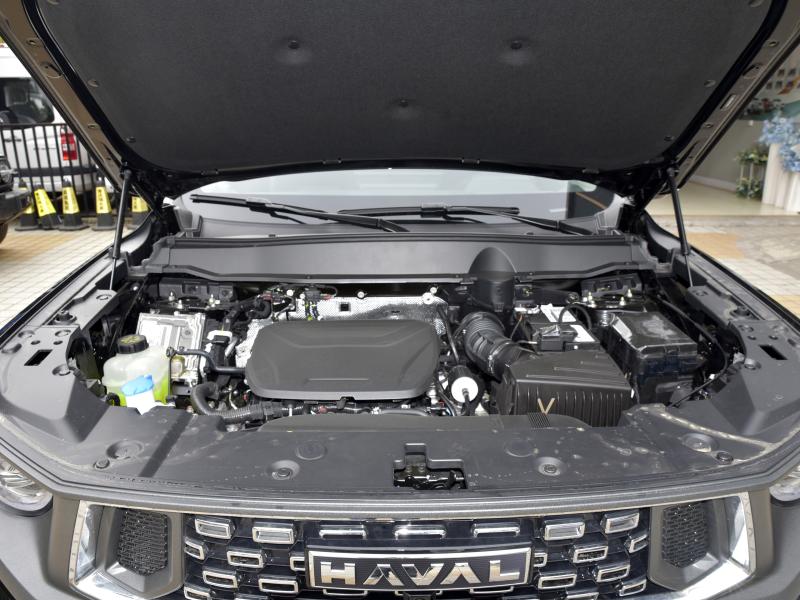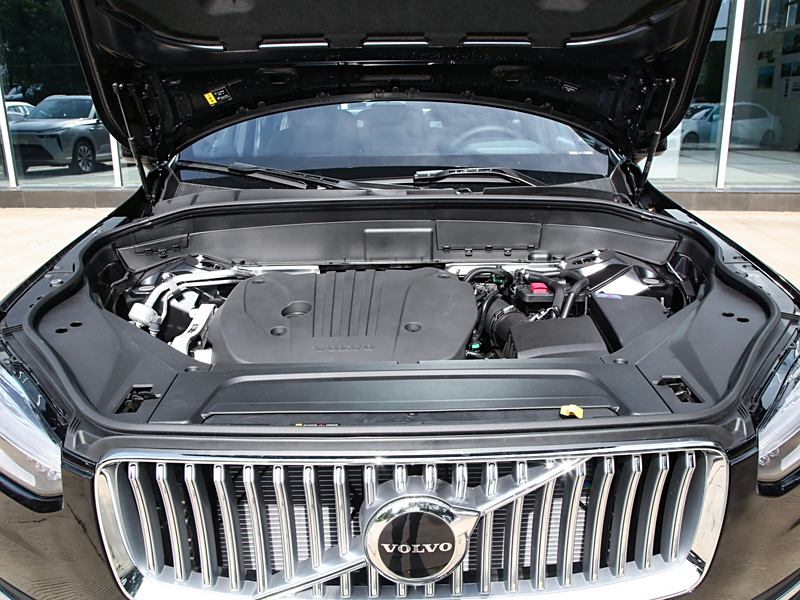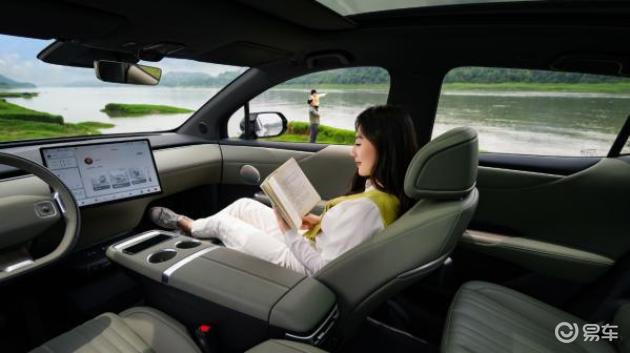[Autohome original test drive] Throwing a new car in the IKEA mall, the goal is too clear! That’s right, this new car that debuted offline in IKEA is GAC (|), positioned as a medium-sized plug-in hybrid new energy MPV, focusing on home users. But just like various warm model rooms in the IKEA mall, it is important to be bold and careful in order to attract the eyes of various families. After a day of test driving, the conclusion is: Trumpchi E8 has indeed played with courage and care.The Trumpchi E8 will be available for pre-sale at the Guangzhou Auto Show on November 17 and will be officially delivered in December.
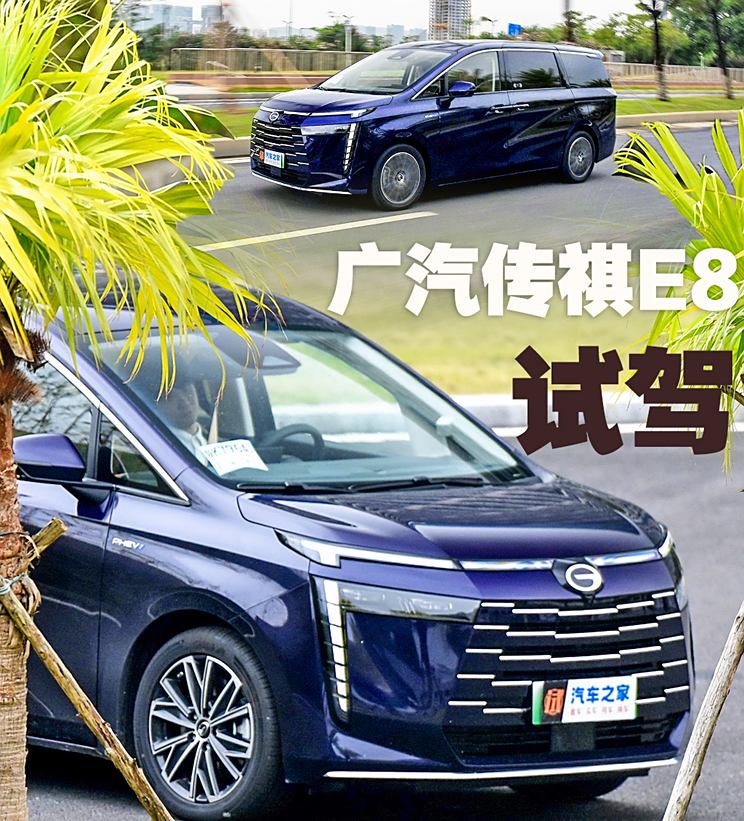
MPV new cars are coming out more and more, but the Trumpchi E8 is definitely not a role to join in the fun. In the MPV market, GAC Trumpchi has already got several proud works, which is a bold premise. Next, the new members will be placed between the Trumpchi E9 and M6, and the size will be stable. This E8 will indeed have a lot of "courage". The next step is to be careful. To make home users like this MPV, this is the most difficult and must be overcome. How to do it?
More exciting videos are available on the Autohome video platform
It has been almost two months since the release of this Trumpchi E8. My colleague has already brought you a detailed explanation of the real shot at the first time, so the design part will not be taken into account. In addition, the manufacturer has not yet given the configuration table of the Trumpchi E8, so it is difficult for us to talk in depth about the highlights and cost performance of the configuration. Today, the appearance part only talks about two details, one is the size and the other is the tire.
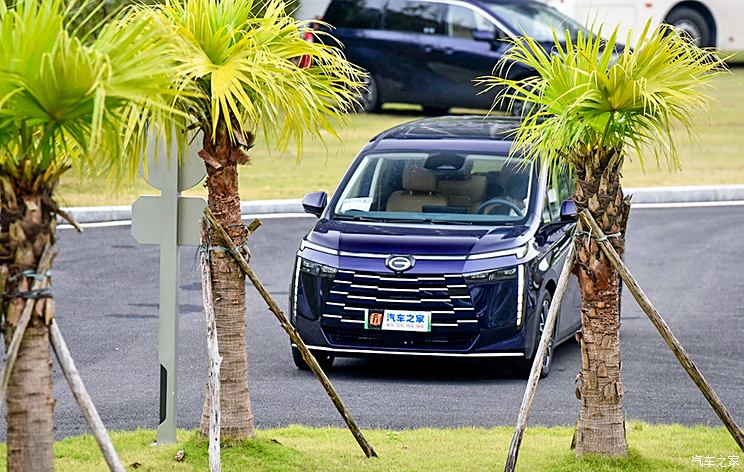
In terms of body size, the length, width and height of the new car are 4920/1900/1760mm respectively, and the wheelbase is 2930mm. As mentioned earlier, this car is smaller than the E9, but larger than the M6. In this way, everyone’s concept of its body shape may not be particularly intuitive, so let’s put it bluntly: it is a little bigger than the Odyssey, but the size of the Trumpchi E8 is considered a small role in the mainstream new energy MPV in the past year or two.

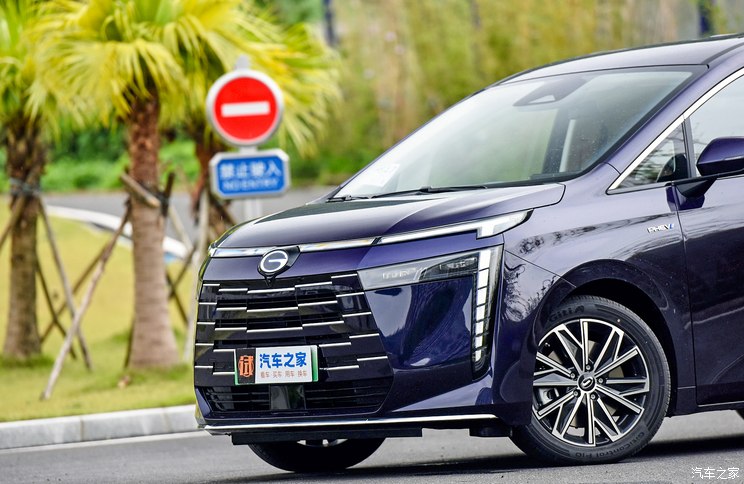
The wheel rim of the test drive is very beautiful, and the official name is the Star Halberd wheel rim. This design is already a very dynamic element for a home MPV. I hope that this wheel rim will also be available in medium and low-end models in the future. The tire size is 225/50 R18, and it is equipped with Giti tires. The model is the driving control P10 series.
At the beginning, I said that the GAC Trumpchi E8 is positioned as a medium-sized plug-in hybrid new energy MPV, and it is a great advantage to be able to get a green card. However, for family cars, the greater lethality of plug-in hybrid new energy lies in the 25.57kW · h ternary lithium battery on it. I have seen many netizens comment that driving this car can be unburdened by blowing the air conditioner in the car while children are in the interest class. In addition, the interior design of this car is very home. When you get home, you can turn on the air conditioner and lie on the sofa in one go. The head of the family must have been pinched by the Trumpchi E8.
More exciting videos are available on the Autohome video platform
From the test drive on site, there are two kinds of interior color scheme, one of which is black and brown. This choice is quite good. After all, many young dads prefer a cooler style. The creation of home style is handed over to a large area of wood grain decoration. It’s good to be stable and taste just right, and the whole is very durable.

The small dashboard design is quite special in the current new car, but its picture is indeed rather monotonous, unable to play nice tricks, and it is difficult to get a sense of class.

Directly to the riding part, the softness of the front seats is good, and the shoulder support also plays a good supporting role, which can relieve the fatigue caused by long-term driving. The overall feeling of the seat during driving is also better than that of many competing models.
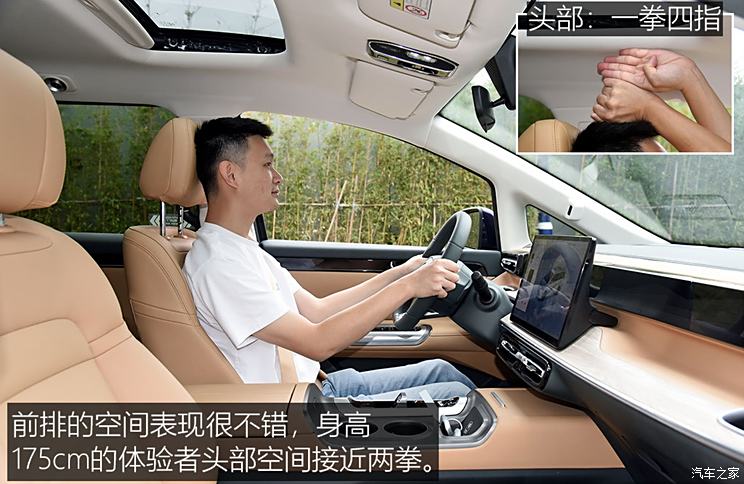
The second row is even more exaggerated. In terms of comfort, it is all-round, and there are no problems with wrapping and supporting. There are too many adjustable things in the seat.
More exciting videos are available on the Autohome video platform
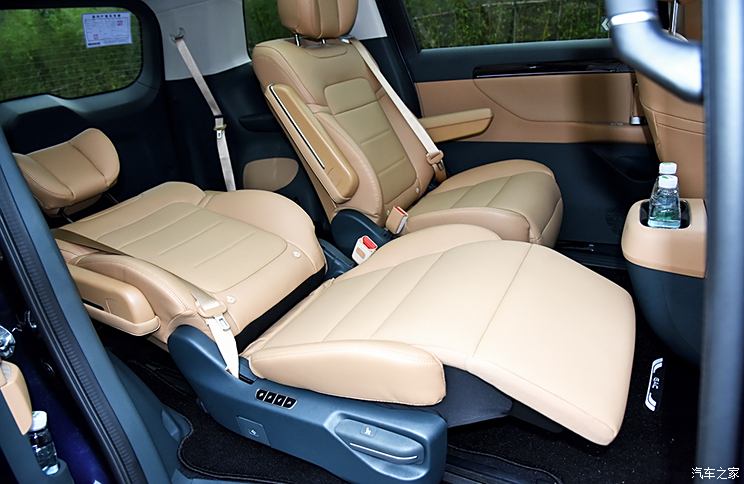

The main family MPV, the steps to get on and off the bus must be friendly. As soon as the electric side sliding door opens, you can see that the Trumpchi E8 has made two "stairs". If you take another step slowly, the entire car height will be much easier to adapt to. It is recommended that the handrail on the door side can be made longer, and the practicality will be enhanced a lot.
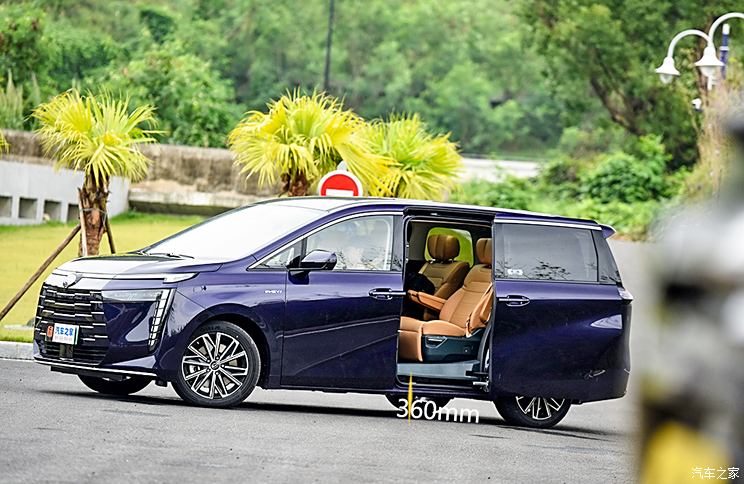

The comfort of the third row of seats is average, just like the feeling of sitting on a small bench, but the leg and head space are OK.
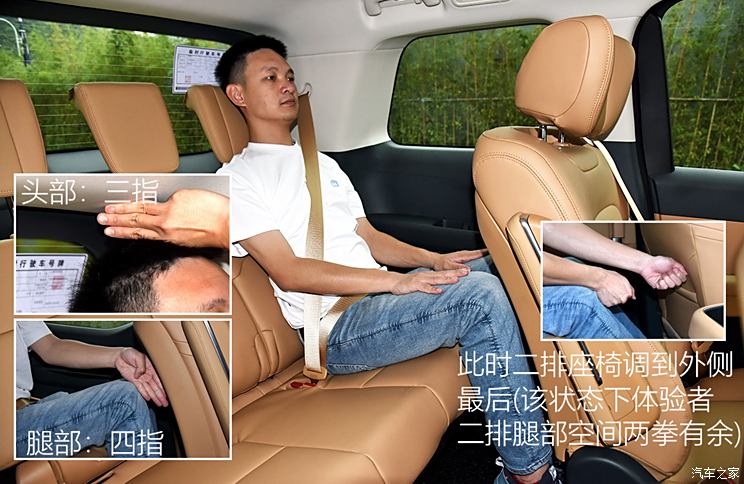
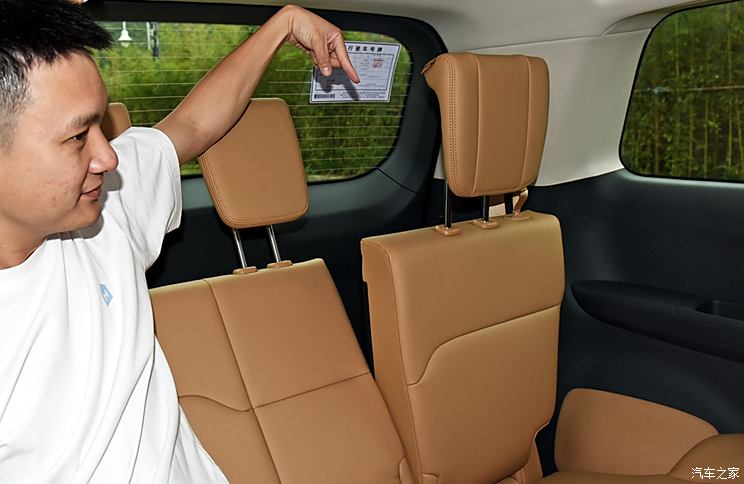
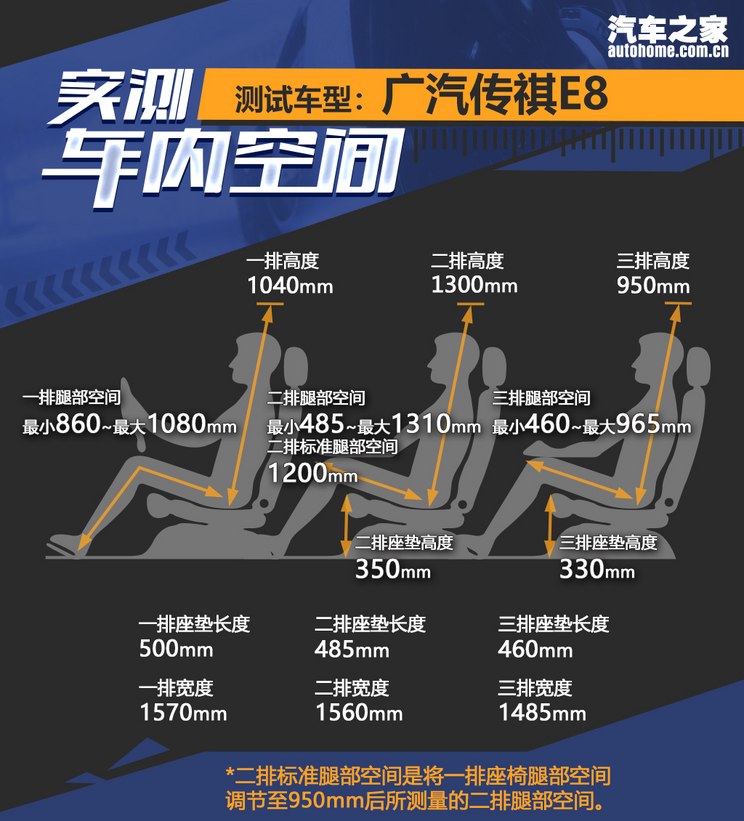
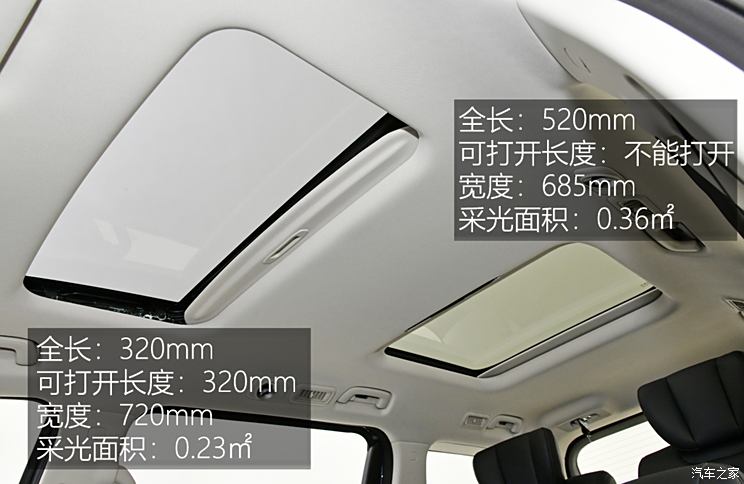
In terms of storage space, I announced that the E8 won big, and there are a lot of storage compartments in the car. The cup holders in the front row are really not too enviable. Of course, the second and third rows are also taken care of, and it can be regarded as a try. The trunk space is just as practical, and the three rows of seats can also put down a lot of luggage. There is nothing to be picky about. After the three rows of seats are put away, you can get a flat floor, and the third row of seats can also be turned into fishing stools. It can be said that you have achieved academic success, and you can play a lot.
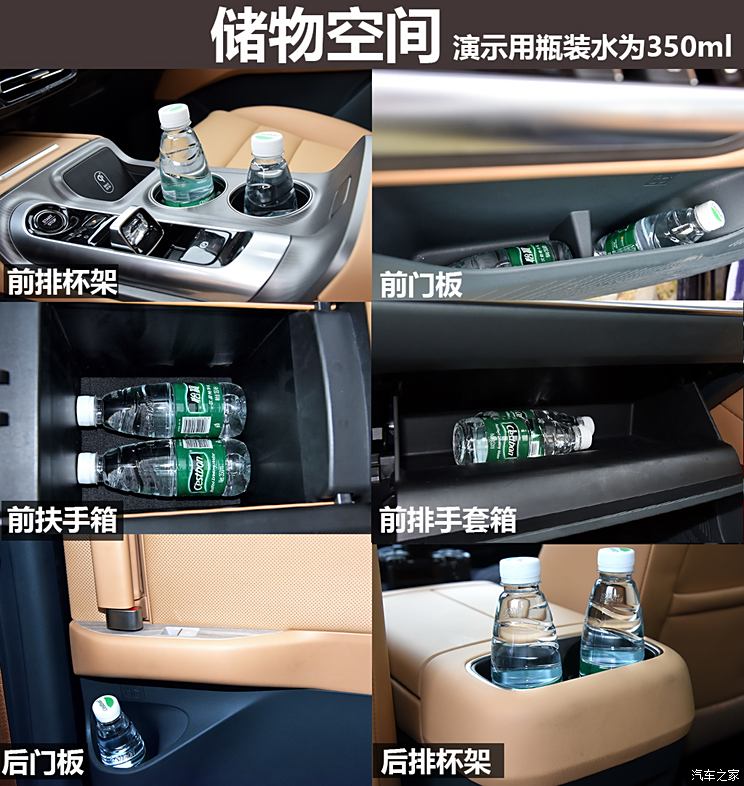
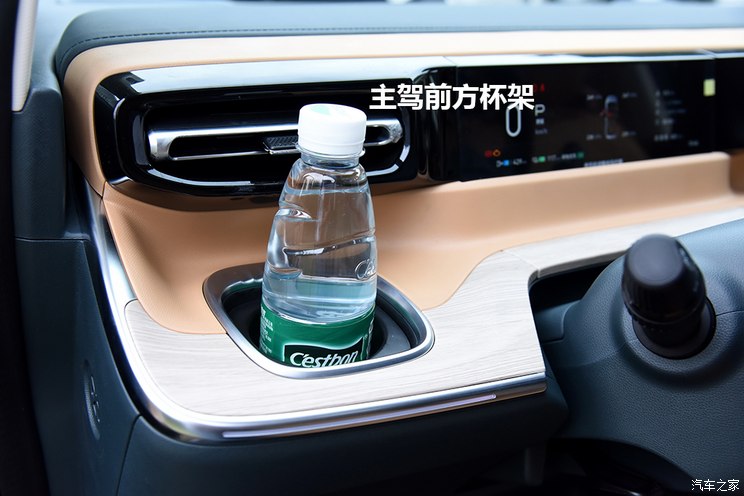
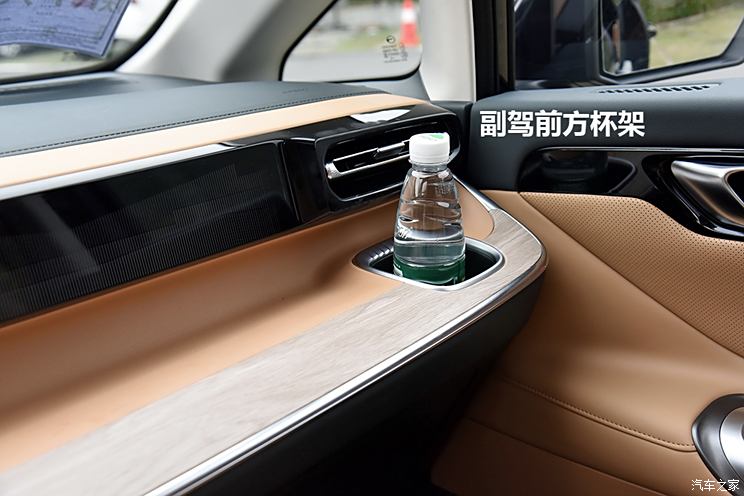
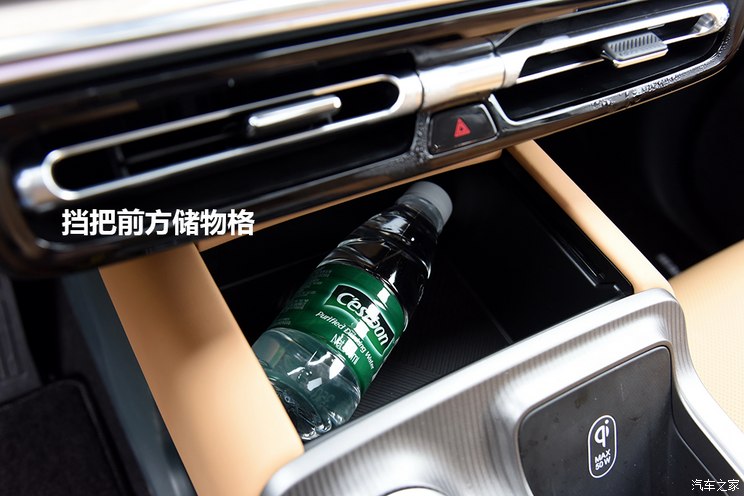

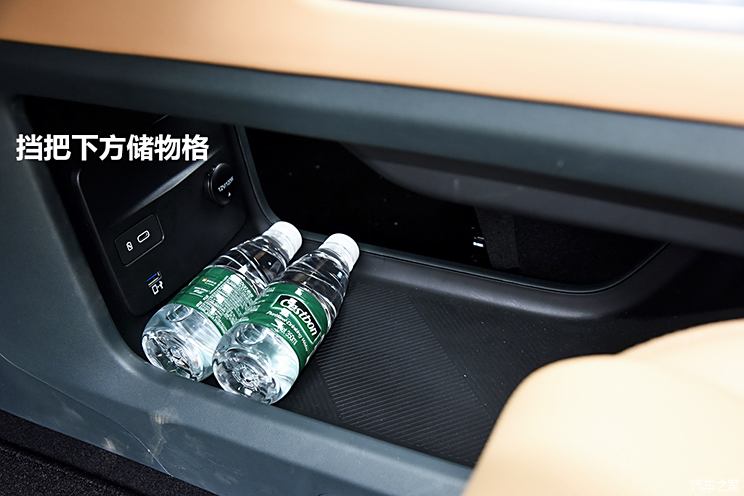

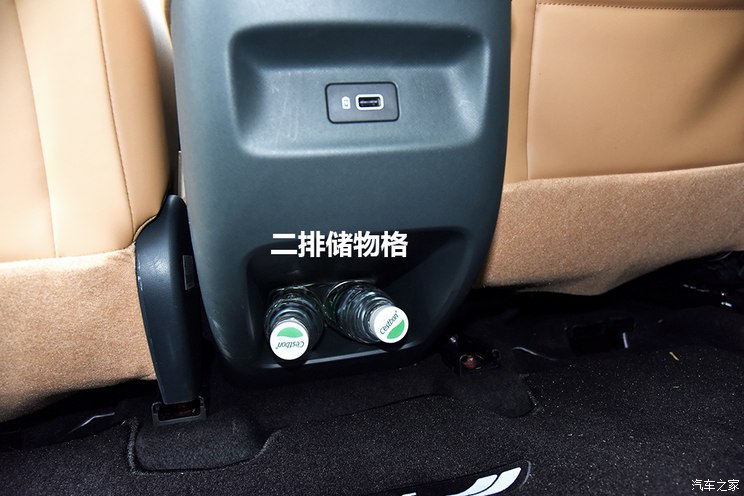
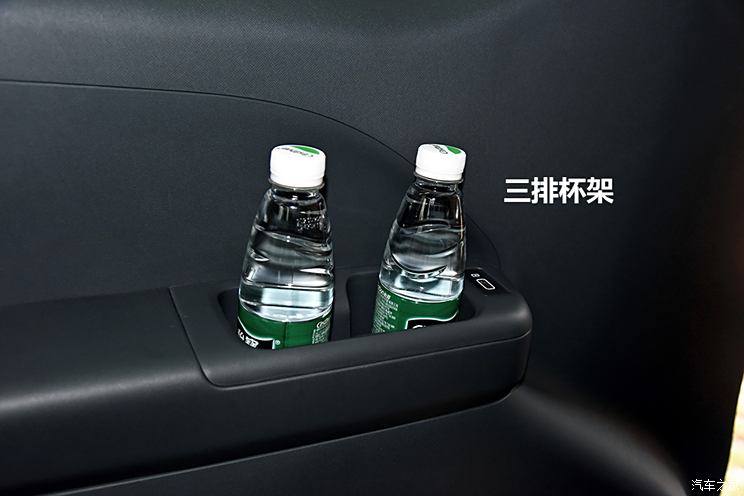



More exciting videos are available on the Autohome video platform
The Trumpchi E8 is equipped with a plug-in hybrid power system composed of a 2.0L naturally aspirated Atkinson cycle engine and a motor. The maximum engine power is 103 kW, the peak torque is 180 Nm, the maximum motor power is 134 kW, and the peak torque is 300 Nm. The output of the motor here is very good, and the data is even on par with the Trumpchi E9. The transmission system is matched with a 2-speed DHT hybrid special gearbox. With the support of a 25.57kW · h ternary lithium battery, the pure electric cruising range of CLTC conditions can reach 150 kilometers, and the comprehensive cruising range of full oil and full power can reach 1200km.
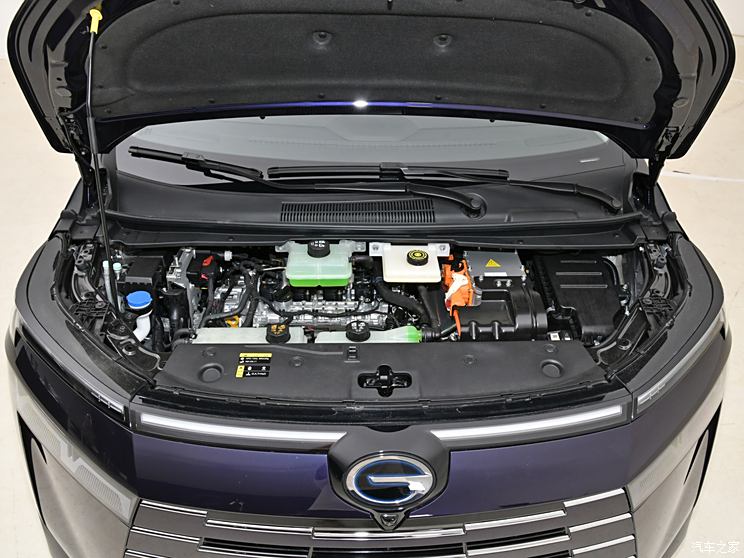
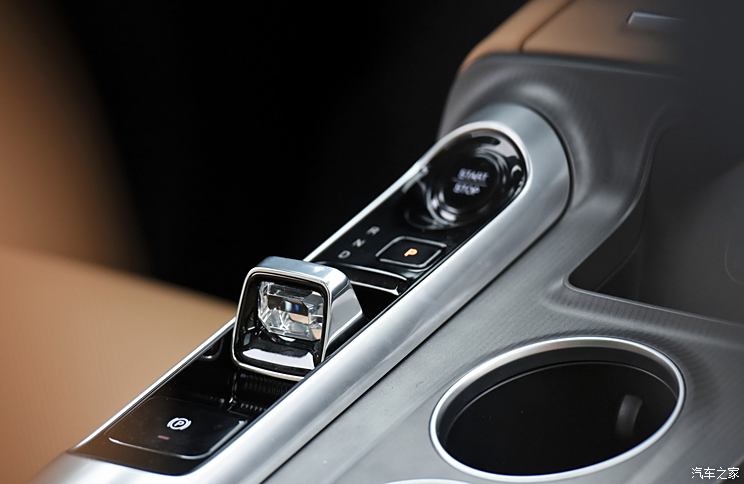
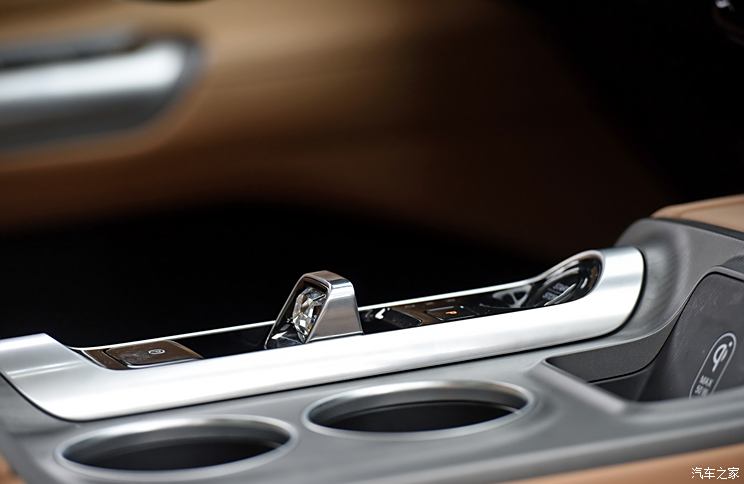
In the power part, the official 0-100km/h acceleration time is 8.8 seconds, which for an MPV, it can bring you a very energetic speed-up performance, and the explosive power is still quite impressive. With the refreshing power output response and throttle adjustment, the Trumpchi E8 can show a bright spirit at every intersection, even if it is full of people running on the highway to overtake, it can also complete the task very cheerfully, without causing a car to sweat.
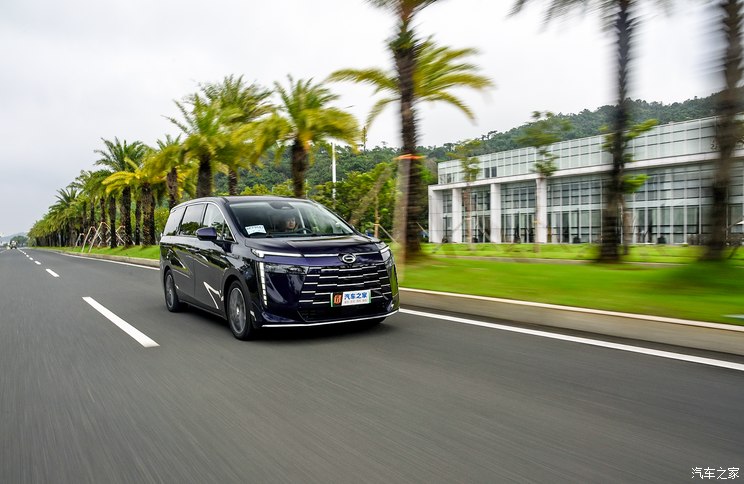
The power output response is agile, and the speed increase is very rhythmic. To sum up, it is coherent and smooth. This Trumpchi E8 currently has 3 driving modes and 3 energy modes. It takes some time to get familiar with their temper. The difference in driving mode will be more obvious, because it will be reflected in the sensitivity of the throttle. The energy mode is also very easy to understand. Just choose according to your own car usage. More importantly, even in the case of low battery, the power output response of this car is not discounted, and it is still the taste of a tram.

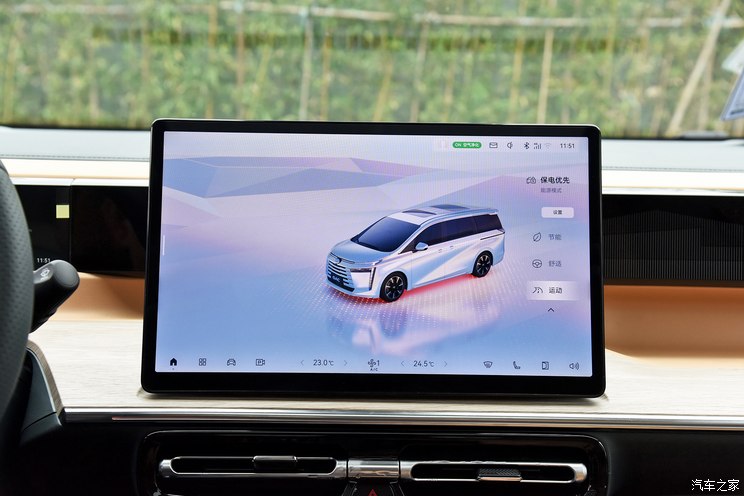

If the battery is low, you have to consider charging. The official claims that in the fast charging mode, the Trumpchi E8 takes half an hour to charge the battery from 30% to 80%. In addition, the Trumpchi E8 has "3.3kW external discharge power" and "5.5kW car-to-car discharge power", which keeps up with the trend in terms of practicality.
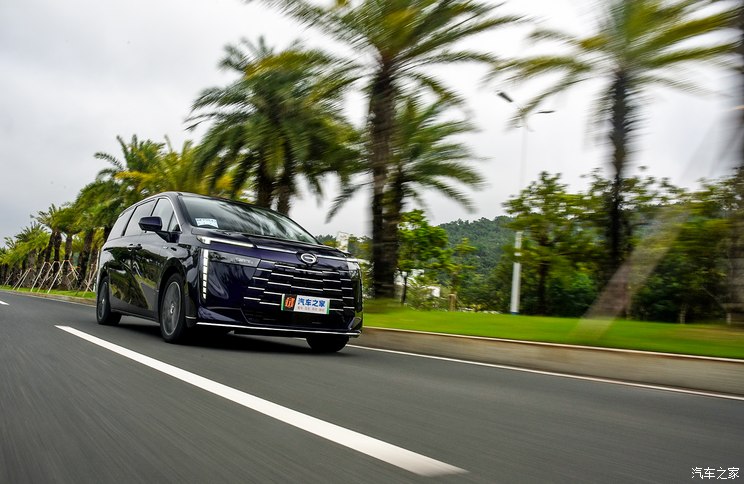
Double-layer acoustic sound insulation glass + silent tires + acoustic noise reduction measures in more than 100 places in the whole car do have some effect. Running at high speed, the most obvious feeling in the car is the wind noise, which will not affect the chat of passengers in the car too much.
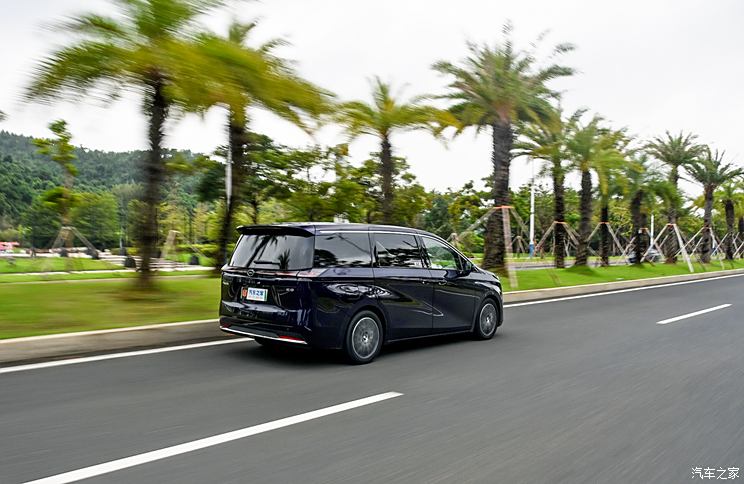
The performance of the suspension may be the most anticipated part. The structure is the front McPherson rear torque beam. In terms of feeling, the bouncing action of the suspension is very crisp, but it is commendable that there is still a little toughness inside, and the impact will not be too stiff, but it is less heavy. The performance of the filter vibration is average, the fine vibration is not well filtered, and sitting in the second or third rows can still receive clear road information, which is a bit too involved.
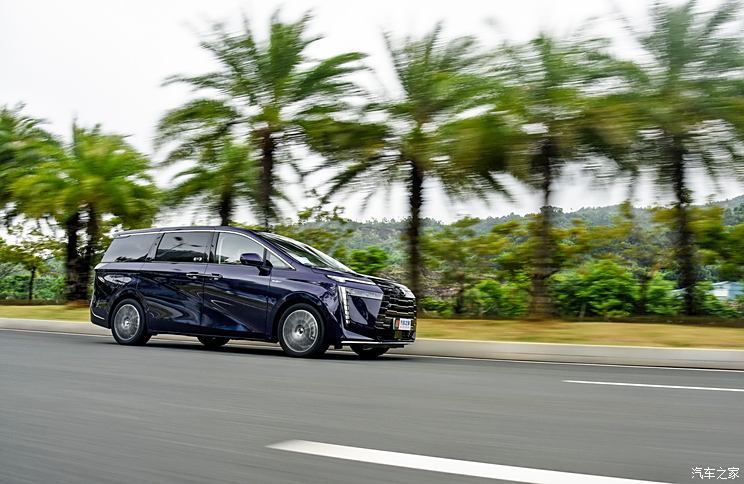
In terms of steering, the steering wheel is quite light and easy to use, but in terms of skills, it does have the bulky feeling of a big car when driving, and the steering action and the follow-up of the body cannot be said to be particularly sharp.
● Summary:

I, Trumpchi E8, make money! This opening sentence may be overbearing and rude, but the configuration and spatial performance of Trumpchi E8 are really able to pierce the hearts of home users. The day before the test drive, I just went to IKEA, and the next day I got on the test drive. It really feels like a seamless connection, and everything is very relaxing and comfortable. The last question is also the most heated part of everyone’s argument, pricing! In addition, there is also a grapevine that the Trumpchi M7 will also be launched at the same time as the E8, and the audience’s appetite is whetted. I hope the manufacturer will surprise everyone at the Guangzhou Auto Show. (Photo/Text/Photography Autohome Wang Ziping)



